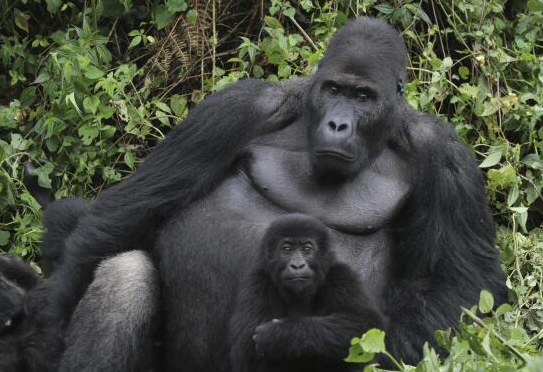How Gorillas Protect Their Territory
Gorillas, the majestic giants of the primate world, exhibit fascinating behaviors that not only fascinate scientists but also emphasize the importance of territory in their social structures. Understanding how gorillas protect their territory can give us crucial insights into both their behavior and the conservation of these incredible creatures.
Vocalizations as a Warning System
Gorillas are not just silent titans; they use vocalizations as a key tool in their territorial defense. From deep grunts to powerful roars, these sounds serve multiple purposes. When a male gorilla senses an intruder, he often lets out loud calls that serve as a warning to others in the group. This vocal requirement can deter rivals, signaling that the territory is occupied and protected. Additionally, these vocalizations help strengthen social bonds among group members, as they frequently respond to and engage with one another vocally, reinforcing their unity and shared territory.
Physical Displays of Strength
Another primary way gorillas protect their territory is through physical displays. Adult male gorillas, known as silverbacks due to the distinctive gray hair that develops on their backs, exhibit impressive postures to demonstrate strength and dominance. A silverback may pound his chest, display his teeth, or position himself in a way that emphasizes his size. These displays serve two purposes: they reaffirm the silverback’s status within the group and intimidate potential threats. Often, a mere show of strength can prevent conflict, as intruders may back down without needing to engage in a fight.
Group Dynamics and Cooperation
Territory protection in gorillas is also a collective effort that emphasizes group dynamics. Gorillas live in family groups led by a dominant silverback, but the role of other members is crucial in defending their space. When a threat is perceived, female gorillas and younger males will rally behind the silverback, providing additional strength and support. This cooperation not only ensures the safety of the group but also reinforces social bonds. By working together, gorillas effectively protect their territory while also teaching younger members about defense and social hierarchy.
In conclusion, the ways in which gorillas protect their territory reveal much about their complex social structures and behaviors. From vocalizations to physical displays and group cooperation, these strategies are vital for their survival. Learning more about gorilla behavior encourages appreciation for these incredible creatures and highlights the need for conservation efforts. If you’re curious to explore more about gorillas and their natural habitats, consider visiting a wildlife sanctuary or supporting organizations dedicated to their protection. Perhaps you’d enjoy exploring some gorilla artworks.

